If you’ve ever cried at a gas pump or yelled at Google Maps, keep reading.
This isn’t just a list.
It’s a support group for people who’ve driven through Indiana.
These 15 states will make your tires itch and your soul tired.
Let’s go nowhere, together.
1. Rhode Island
Rhode Island is the smallest state in the U.S., but when it comes to road trips, it ranks dead last.
One comprehensive study put it at number 50 out of all 50 states, making it officially the worst place to embark on a driving adventure.
The traffic is terrible, especially around Providence during rush hour when cars barely crawl along I-95.
Roads are in notoriously bad shape with potholes that could swallow a compact car.
And the drivers?
People say they are nuts, aggressive, and seemingly allergic to using turn signals.
It has the highest rate of rural roads in poor condition in the entire country, creating a bone-jarring experience even on scenic routes.
Even with some nice beaches along the coastline and historic Newport mansions, it still lands firmly at the bottom of road trip rankings.
The state’s short size means you’ll cross it in under an hour, but high gas prices, expensive tolls, and rough roads make it a thoroughly bad choice for anyone hoping to enjoy the journey.
The combination of aggressive drivers, high costs, and limited attractions creates a perfect storm of road trip disappointment.
2. Connecticut
Connecticut comes in as the third worst state for road trips, trailing only slightly ahead of Rhode Island.
It ranked 48th in one major travel study, which is hardly something to brag about.
That dismal ranking reflects high costs, low safety ratings, and surprisingly few worthwhile road trip activities for a New England state.
Highways like I-95, I-91, and I-84 are perpetually jammed with traffic, creating frustrating bottlenecks throughout the day.
Even though the state is small enough to fit in your pocket, travel time can be astronomical compared to the actual distance.
Getting across the state might take longer than driving through states twice its size, especially during summer months when beach traffic compounds the problem.
It also has the dubious honor of having the highest average cost of car repairs in the country, meaning any breakdown will cost you dearly.
Traffic in southwest Connecticut near New York is particularly awful, with some commuters reporting daily multi-hour delays.
Even locals readily admit there aren’t many fun stops along the major routes, with roadside attractions few and far between.
The scenic routes that do exist are often clogged with tourists during peak seasons.
3. Delaware
Delaware is one of the three smallest states in the nation, which already makes planning a meaningful road trip challenging.
It ranked a disappointing 49th on a national list for road trips, cementing its place among the worst states to explore by car.
There’s not much to see while driving through the First State, with limited scenic variety along most routes.
Many people say it’s a quick pass-through state that they barely notice they’ve entered before they’re already leaving.
And it often gets grouped with Rhode Island and Connecticut as part of the “terrible trio” for road trippers seeking memorable experiences.
Even though it has some decent beach spots like Rehoboth and Bethany, they’re not easy to reach without navigating congested two-lane roads.
And traffic can be incredibly frustrating during summer months when beachgoers flood these narrow routes.
The northern part of the state is mostly industrial, while the southern portion offers farmland that, while pleasant, doesn’t provide much visual variety.
You may literally be out of the state before you find anything worth stopping for, making it more of a drive-through than a destination.
4. New Mexico
New Mexico ranks the worst in the U.S. for road conditions, a fact that becomes painfully obvious to anyone driving through the Land of Enchantment. Over 40% of its urban roads are in poor shape, riddled with cracks, potholes, and uneven surfaces that test both your vehicle’s suspension and your patience.
And more than 30% of rural roads are bad too, creating hazardous driving conditions across vast stretches of the state. These deteriorating thoroughfares aren’t just uncomfortable-they’re dangerous. It also has the third-highest traffic death rate in the country, a sobering statistic for anyone planning a drive through.
Drivers often face long, empty stretches with no help nearby, sometimes extending 50-100 miles without services. Some remote places even have no cell service, leaving you truly on your own if something goes wrong.
The extreme desert climate means summer temperatures regularly exceed 100°F, creating dangerous conditions if your vehicle breaks down.
On top of that, the state spends less per mile on roads than almost any other state. This means not much gets fixed, and problems compound year after year.
Even a drive to Albuquerque can feel like a trek through nowhere, with limited roadside amenities and vast expanses of empty desert that, while beautiful at first, become monotonous over long distances.
5. Mississippi
Mississippi has the second-worst road conditions in America, a fact that becomes immediately apparent once you cross the state line. About 28% of its rural roads are rated as poor, creating a jarring, uncomfortable ride through much of the state.
The situation is even worse after heavy rains, which are common in this humid climate.
And it has the second-highest rate of traffic deaths in the nation, a statistic that should give pause to anyone planning a drive through the Magnolia State.
Many of these accidents occur on rural two-lane highways where passing can be dangerous and road shoulders are often minimal or nonexistent.
Summer road trips here can be absolutely brutal and physically draining. The heat and humidity are intense, often reaching heat indexes above 105°F during peak summer months.
There aren’t many places to stop for relief either, with long stretches between towns offering limited services or air-conditioned respite from the oppressive weather.
Clay soil throughout the state causes significant dips, cracks, and bumps in the road as it expands and contracts with moisture changes.
This creates a constantly shifting foundation that makes maintaining roads nearly impossible.
Driving here can feel like a chore rather than a pleasure, with constant vigilance required to avoid the worst road hazards.
Many travelers say it’s one of the worst states to drive through, citing both road conditions and limited scenic variety as major drawbacks.
The combination of poor infrastructure, extreme heat, high accident rates, and limited roadside amenities creates a genuinely unpleasant road trip experience.
6. Texas
Texas is massive-almost comically so for road trippers.
Driving across it can take nearly 900 miles from east to west, which is like driving from New York City to Chicago.
That’s like a whole trip by itself, and many travelers underestimate just how long they’ll be in the Lone Star State.
The state gets boiling hot in summer, with temperatures regularly exceeding 100°F for weeks at a time.
This makes car breakdowns not just inconvenient but potentially dangerous, especially in the western regions where towns are sparse.
Some highways are boring, flat, and dry, particularly in the panhandle region where you can drive for hours seeing virtually the same landscape.
Others, like I-20 or Texas 285 (nicknamed “Death Highway”), are dangerous with oil trucks and potholes creating hazardous driving conditions.
The oil field traffic in the Permian Basin region has created some of the most dangerous driving conditions in the country, with large trucks dominating narrow roads not designed for such heavy use.
Some say police target out-of-state plates, particularly in small towns where ticketing can be a significant revenue source.
Dallas traffic is called torture by locals and visitors alike, with complex interchanges and perpetual construction creating navigation nightmares.
And the stretch to El Paso feels empty and eerie, with vast expanses of nothing but desert scrub and the occasional tumbleweed to break the monotony.
The sheer scale of Texas, combined with extreme temperatures, dangerous highways, and limited services in many areas, creates a challenging environment for even experienced road trippers.
7. Louisiana
Louisiana has major road and bridge problems that make driving through the state a genuine adventure-and not in a good way.
It ranks 4th worst in the U.S. for road conditions, with potholes and uneven surfaces that seem to appear without warning.
The situation becomes even more challenging during the frequent heavy rains that plague the region.
Flooding and sinking land make things substantially worse, creating unstable foundations for roads that are already struggling.
Many highways are built on swampland or bayous, leading to frequent subsidence and requiring constant (but often delayed) maintenance.
During heavy storms, entire sections of highway can become impassable without warning.
There’s a big backlog of road repairs estimated at over $14 billion, meaning many problematic areas won’t see improvements anytime soon.
Many bridges are in bad shape too, with some receiving D or F safety ratings from engineering assessments.
This creates bottlenecks as weight restrictions and lane closures are implemented on deteriorating structures.
And the internet coverage is also weak in rural areas, making navigation apps unreliable precisely when you need them most.
I-10 in Baton Rouge is a nightmare at rush hour, with some of the worst traffic congestion in the South.
Traffic barely moves during peak times, and accidents are frequent due to the poor road conditions and aggressive driving.
Locals say it’s a mess, especially on Fridays when weekend travelers compound the usual commuter traffic, creating gridlock that can add hours to what should be a simple drive.
The combination of deteriorating roads, vulnerable bridges, frequent flooding, and severe traffic congestion creates a perfect storm of road trip challenges.
8. Pennsylvania
Roads in Pennsylvania are full of potholes that seem to multiply like rabbits after each winter.
The freeze-thaw cycle in this northern state creates perfect conditions for pavement deterioration, leaving surfaces that resemble lunar landscapes by spring.
Some locals joke that dodging potholes is the state sport.
In summer, many roads are under construction as crews rush to complete repairs during the warm months.
That means long delays and slow traffic through endless work zones marked by orange cones that seem to stretch to the horizon.
The joke among Pennsylvanians is that the state has two seasons: winter and construction.
The Pennsylvania Turnpike is in better shape than many free roads, which is small consolation.
But it’s one of the most expensive toll roads in America, with costs that can exceed $50 to cross the state.
You’ll pay a lot just to drive, making budget road trips through Pennsylvania an oxymoron.
Much of the state can feel empty and monotonous, particularly in the central regions.
If you’re coming from the west, it’s a boring ride through seemingly endless forests and mountains that, while occasionally scenic, begin to look the same after a few hours.
You’ll spend hours seeing nothing particularly memorable, making the journey feel longer than it actually is.
The Appalachian Mountains, while beautiful, create winding roads that slow progress and can cause motion sickness in passengers.
9. Nebraska
Nebraska is flat. Incredibly, mind-numbingly flat for much of the state. It’s also empty, with vast stretches of farmland that, while important for agriculture, create a visual monotony that can induce highway hypnosis.
That’s why so many people call it boring and struggle to stay alert while crossing it.
Drivers report seeing nothing but cornfields and occasional grain silos for hours on end, creating a hypnotic effect that makes staying awake a genuine challenge.
The main east-west route, I-80, runs parallel to the Platte River and railroad tracks, creating a straight line that barely deviates for over 450 miles. This lack of curves or changes in elevation contributes to the monotonous driving experience.
There are very few places to stop for anything beyond basic necessities, with major attractions often separated by 100+ miles of nothing particularly interesting.
The small towns that do exist often require significant detours from the main highways, making them impractical stops for travelers just passing through.
And attractions are few and far between, with even the state’s tourism board struggling to promote roadside diversions.
Some travelers say to skip it altogether if possible, recommending alternative routes through neighboring states. Especially if your car has out-of-state plates, as some areas are known for strict speed enforcement as a revenue source. You won’t find much along the way to break up the journey, and the prevailing winds can create challenging driving conditions, particularly for high-profile vehicles like RVs and trucks.
The combination of flat terrain, visual monotony, limited services, and few attractions creates a perfect recipe for road trip tedium.
10. Wyoming
Wyoming has wide open roads that stretch to the horizon. But not in a good way that inspires freedom and adventure. Instead, the emptiness creates a sense of isolation that can become unsettling after hours of driving.
There’s almost nothing out there for vast stretches, creating a lonely driving experience unlike any other state.
No towns appear for hours at a time in some sections, making fuel planning critical. No signs of civilization break the monotony except for the occasional ranch entrance.
No fun roadside stops exist to provide relief from the endless driving, with services concentrated in widely separated small towns.
Many drivers say it’s hard to stay alert on these empty highways, where the lack of traffic or changing scenery creates a hypnotic effect.
The strong crosswinds are legendary and can make driving hazardous, particularly on north-south routes where gusts regularly exceed 50 mph.
These winds are strong enough to blow over high-profile vehicles like RVs and trucks, creating dangerous driving conditions with little warning.
The highways feel endless and empty, stretching across vast plains and high desert landscapes that, while initially impressive, become monotonous over time.
There’s just not much to break up the trip besides the occasional antelope herd or distant mountain range.
Winter driving is particularly treacherous, with sudden blizzards and road closures common, but even summer trips can be challenging due to the isolation and extreme distances between services.
The combination of extreme isolation, powerful crosswinds, limited services, and monotonous scenery creates a challenging environment that tests the endurance of even experienced road trippers.
11. Indiana
Indiana gets mixed reviews from road trippers crossing the Midwest. Some say the roads are decent compared to neighboring states, particularly Michigan.
But many others strongly disagree, citing rough surfaces and endless construction zones that seem to produce little improvement year after year.
I-65 from Indianapolis to Gary is particularly boring and rough, with limited scenery beyond flat farmland and the occasional industrial complex.
There’s almost nothing to see that would warrant a stop, making the journey feel longer than the actual miles would suggest.
Gary is frequently described as “the armpit of Indiana” by travelers, with industrial decay and limited services creating an unwelcoming gateway to the state.
The Indiana Tollway is surprisingly pricey for what it offers, with tolls that seem excessive compared to the road quality.
Rest stops are poorly rated by travelers, with complaints about cleanliness and limited facilities being common.
The state’s welcome centers often fail to create a positive first impression, with outdated facilities and minimal services.
Freeways near the Illinois border are packed with trucks at all hours, creating challenging driving conditions for passenger vehicles.
The heavy commercial traffic creates congestion, rough roads from constant heavy use, and intimidating driving conditions for many travelers.
The northwestern corner of the state combines the worst aspects of urban decay and industrial sprawl, creating a depressing landscape that makes a poor first impression on eastbound travelers.
The combination of industrial blight in the northwest, monotonous landscapes elsewhere, heavy truck traffic, and mediocre infrastructure creates a forgettable at best-and unpleasant at worst-road trip experience.
12. Georgia
Georgia’s biggest problem for road trippers isn’t its roads or scenery-it’s the traffic in Atlanta. The sprawling metropolitan area sits like a spider in the center of the state’s highway system.
Almost all roads seem to lead there, creating a bottleneck that’s nearly impossible to avoid when traversing the state in any direction.
It doesn’t matter what time it is or what day of the week you’re traveling. Atlanta traffic is always bad, with rush “hours” that extend from early morning until late evening.
The perimeter highway, I-285, is locally known as “The Perimeter” and has earned a reputation as one of the most congested highways in America.
Some say it’s the worst in the Southeast, with accidents and delays being the norm rather than the exception.
Getting stuck in a jam ruins a road trip schedule and saps the joy from what should be an adventure. Delays of an hour or more are common, and construction projects seem perpetual, creating confusion even for GPS navigation systems.
And it’s hard to avoid Atlanta if you’re passing through the state, as alternative routes often add significant miles and time to the journey.
The rest of the state has nice spots, including coastal areas and mountain regions, but they’re hard to reach without encountering the Atlanta traffic nightmare at some point.
The highways leading to popular destinations like Savannah and the Golden Isles become congested during tourist seasons, creating additional challenges.
Summer heat and humidity make traffic delays even more uncomfortable, with temperatures inside stopped vehicles quickly becoming unbearable.
The metropolitan area’s congestion, combined with the difficulty of bypassing it and the limited alternative routes, creates a significant obstacle for road trippers attempting to enjoy the otherwise pleasant state.
13. Colorado
Colorado has mountains and views that grace countless postcards and Instagram feeds. But it also has big road trip headaches that can turn a scenic drive into a frustrating ordeal.
Summer traffic slows everything down, particularly on weekends when it seems like everyone in Denver heads for the mountains simultaneously.
Backroads have sharp blind turns and rolling hills that, while scenic, require constant vigilance and slow speeds.
Many mountain passes feature steep grades and hairpin turns that can be intimidating for drivers not accustomed to mountain driving.
Altitude sickness affects some travelers, creating additional challenges as roads climb to elevations exceeding 10,000 feet.
Highways like I-70 get incredibly crowded, especially the stretch from Denver to the ski areas.
This vital east-west corridor becomes a parking lot on Friday afternoons and Sunday evenings, with delays of several hours not uncommon during peak periods.
Big trucks struggling up mountain grades and slow cars afraid of the steep descents make it worse, creating dangerous speed differentials and limited passing opportunities.
More people visit in summer than ever before, as the state’s popularity continues to grow.
That means more traffic, more competition for parking at scenic overlooks, and less fun for everyone trying to enjoy the drive.
Some areas are just too busy to enjoy the drive, with popular destinations like Rocky Mountain National Park implementing reservation systems due to overcrowding.
The state’s growing population has outpaced its infrastructure development, creating congestion even in formerly quiet areas.
The combination of challenging mountain driving, extreme congestion during peak periods, and the effects of high altitude creates a road trip experience that often falls short of expectations despite the stunning scenery.
14. Michigan
Michigan’s roads are a constant complaint from anyone who’s driven them, earning the state a notorious reputation among road trippers.
No matter the season, they’re in bad shape, with winter freeze-thaw cycles creating new potholes and summer construction seemingly unable to keep pace with deterioration.
Locals and visitors both agree on that assessment, with “Michigan roads” becoming shorthand for poor driving conditions.
Some say it feels like driving through a war zone or an obstacle course, with drivers swerving to avoid the worst potholes and damage.
There are potholes everywhere, some large enough to cause significant vehicle damage. The joke among locals is that Michigan has two seasons: winter and construction, yet the roads never seem to improve despite constant work.
And people have low faith in repairs, noting that many fixes are temporary patches rather than proper reconstruction.
The state’s heavy truck weight limits-among the highest in the nation-contribute to rapid road deterioration, creating a cycle of damage that never seems to end.
The combination of harsh winters, heavy commercial traffic, and funding challenges has created a perfect storm of infrastructure problems.
Fuel taxes are high too, ranking among the highest in the Midwest. That means you’re paying more for a bumpy ride that tests both your vehicle’s suspension and your patience.
The Upper Peninsula, while scenic, features long stretches with limited services, creating additional challenges for travelers.
Many quickly want out of Michigan once they enter, finding the poor road conditions a significant detraction from otherwise beautiful natural areas.
The combination of deteriorating infrastructure, high taxes, harsh weather conditions, and seemingly ineffective repair strategies creates a driving experience that falls well short of expectations.
15. Ohio
Ohio may be the least loved state to drive through according to numerous road trip forums and surveys.
People call it a “minefield” for road trippers, with a combination of poor roads, aggressive enforcement, and confusing traffic patterns.
Police watch speed limits closely, particularly on interstates and around major cities, creating anxiety for out-of-state drivers.
Tickets are expensive, often exceeding $150 for minor infractions, making them a costly souvenir of your Ohio passage. Speed traps are everywhere, especially in small towns where local police departments may rely on ticket revenue.
And some roads have strange speed limits that change frequently without clear reason, creating confusion and increasing the risk of unintentional violations.
Drivers are often ranked as the worst in the country in various surveys, with aggressive behaviors and poor signaling habits creating challenging driving conditions.
The combination of bad drivers and heavy enforcement creates a stressful environment for travelers just passing through. Construction zones seem perpetual, particularly around major cities, with orange barrels becoming an unofficial state symbol.
Areas like Cleveland and Gary are best avoided if possible, with industrial decay and complex highway interchanges creating navigation challenges.
Even flat states like Nebraska are preferred over Ohio by many long-haul drivers and road trip enthusiasts, despite offering less scenic variety.
The state’s toll road, while better maintained than free highways, adds expense to what many consider an already unpleasant driving experience.
The combination of aggressive enforcement, confusing road layouts, frequent construction, and the general driving culture creates an experience that many road trippers actively try to avoid.
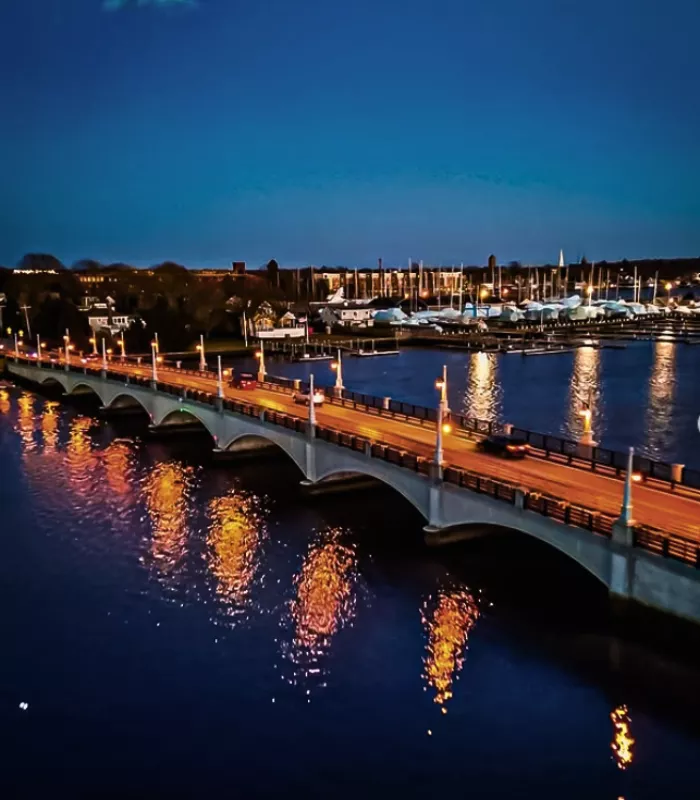
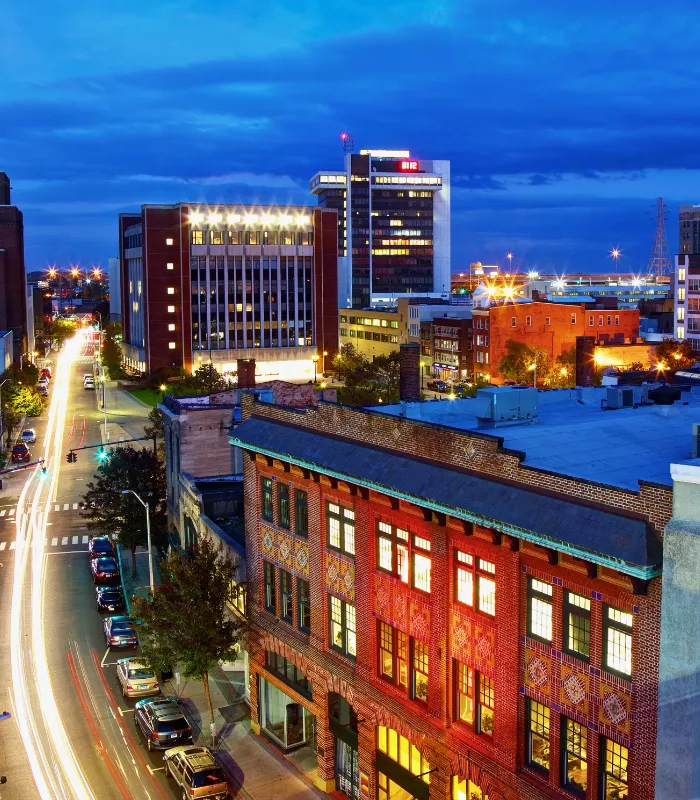
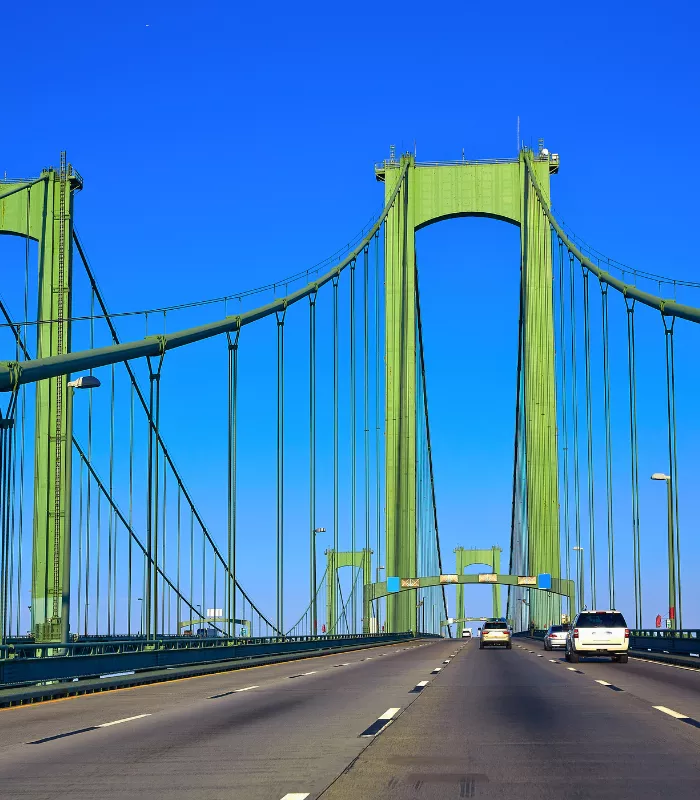
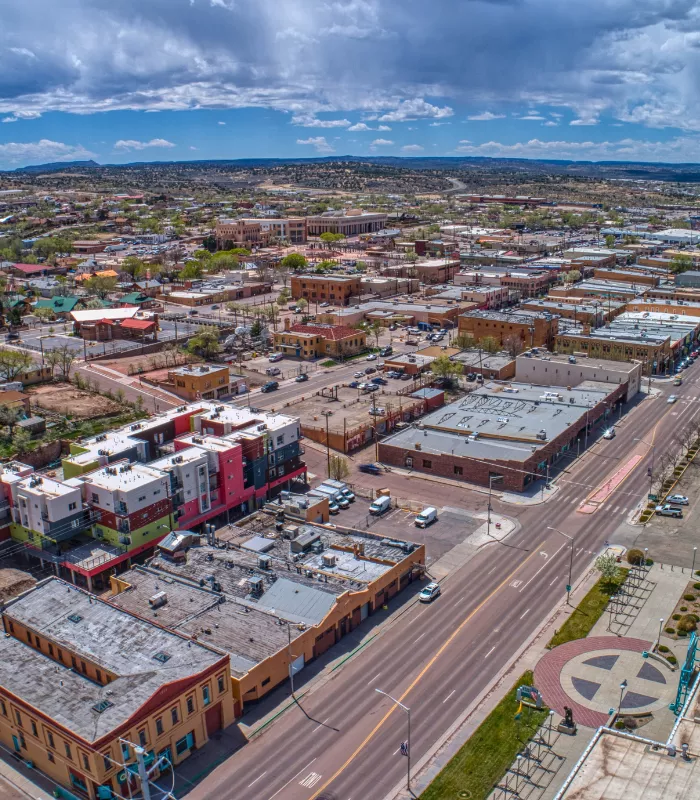
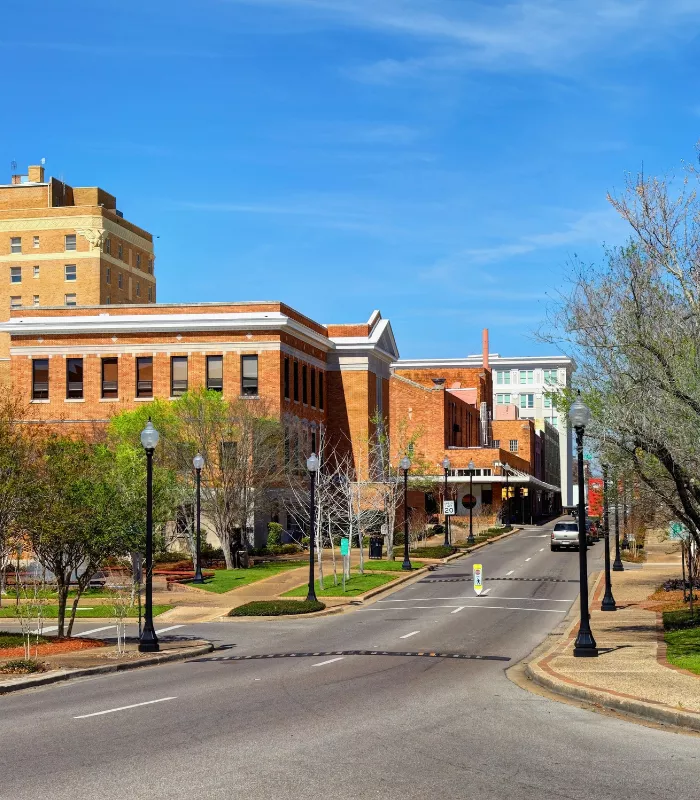
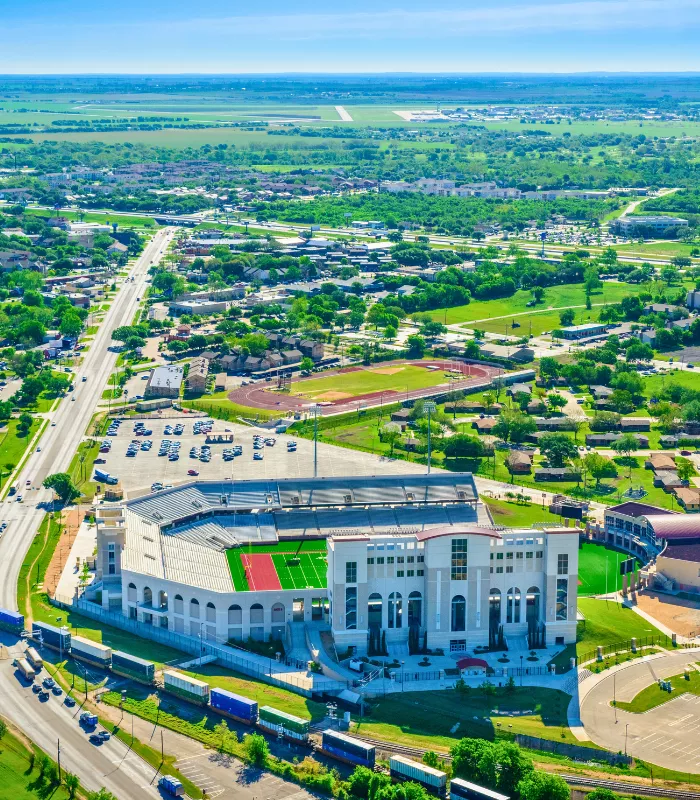

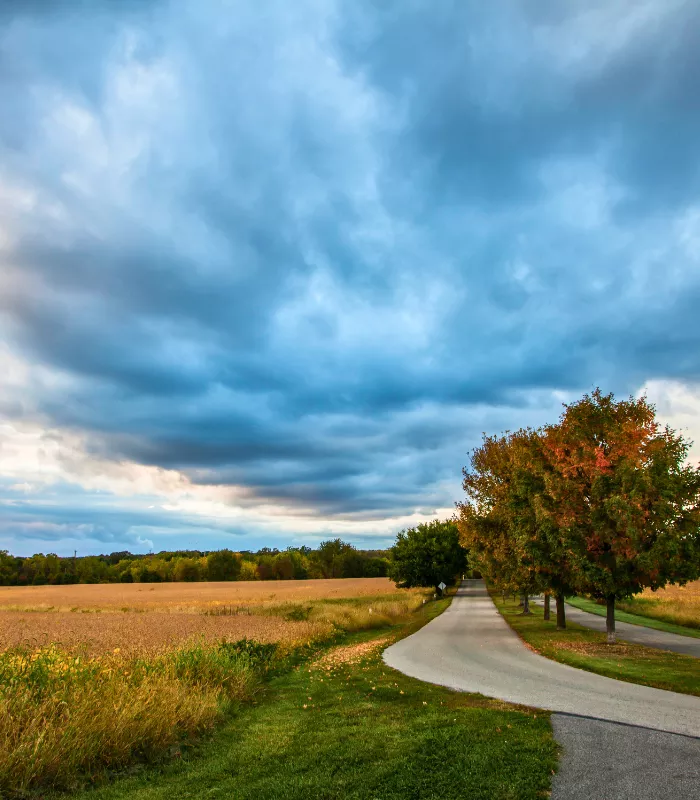


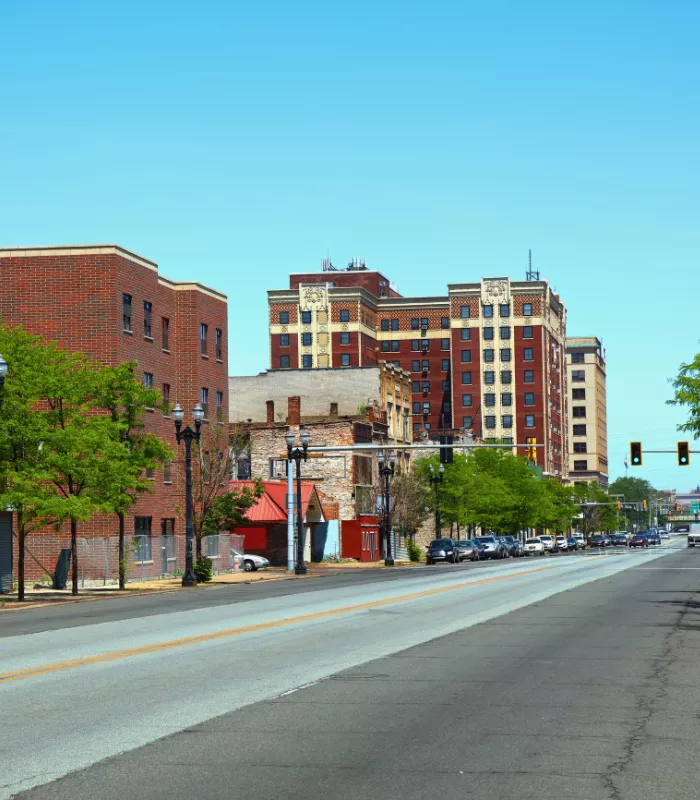


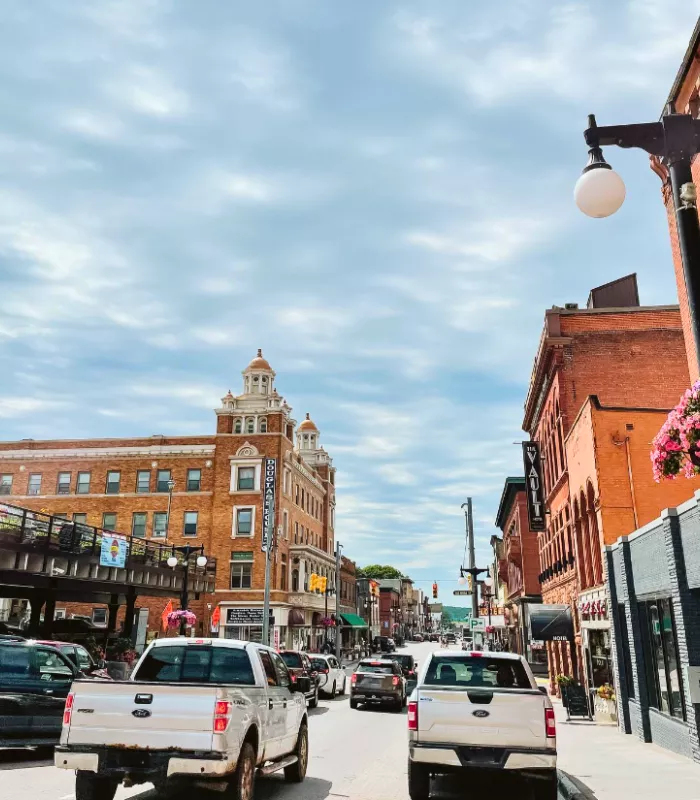
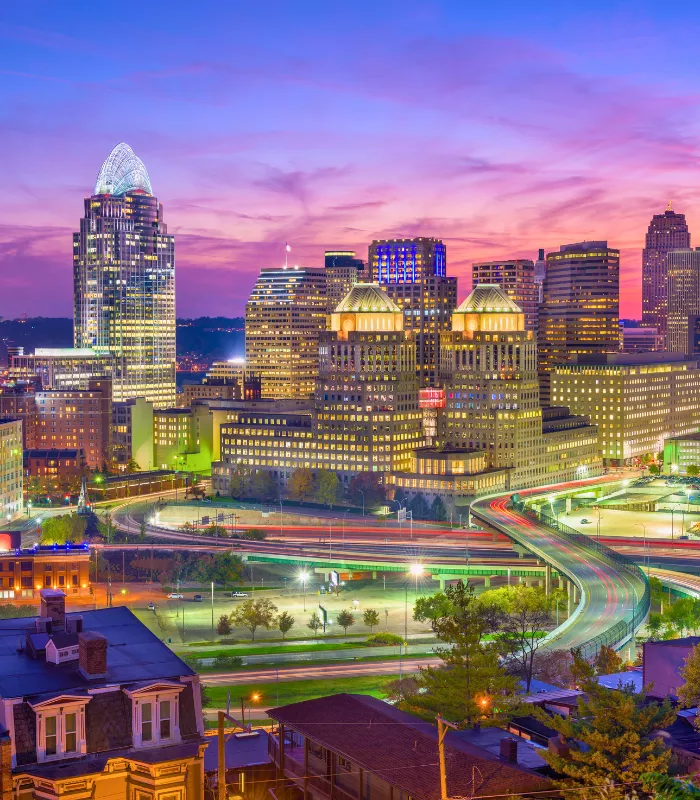
I’ve been on several road trips across county and love seeing our country ,some are boring and roads not so good, but seeing the county is a great way to go. Everyone should see the county!
Nebraska I 80 IS flat and boring, but get off the interstate and you see quite a bit of interesting little towns, almost no big trucks, and natural scenery. Never take the interstate if you can avoid it!